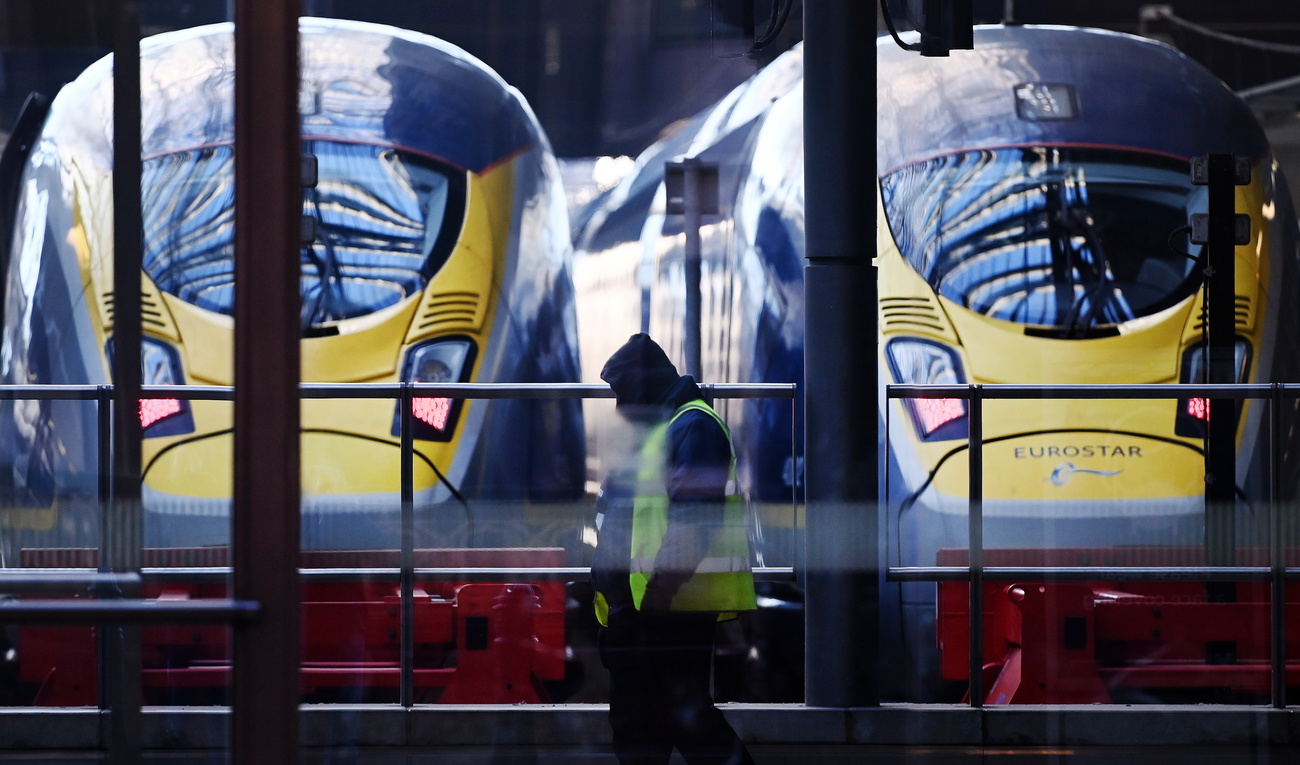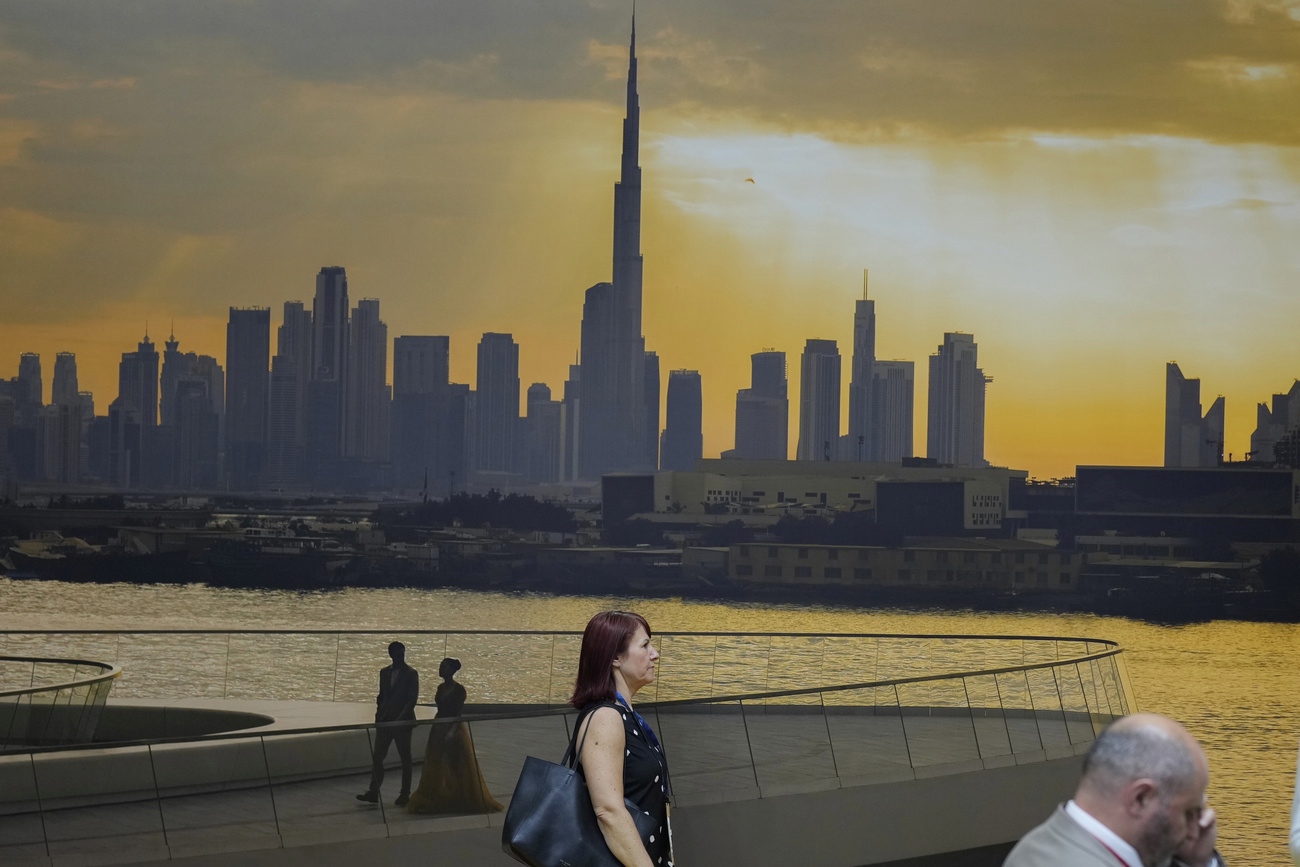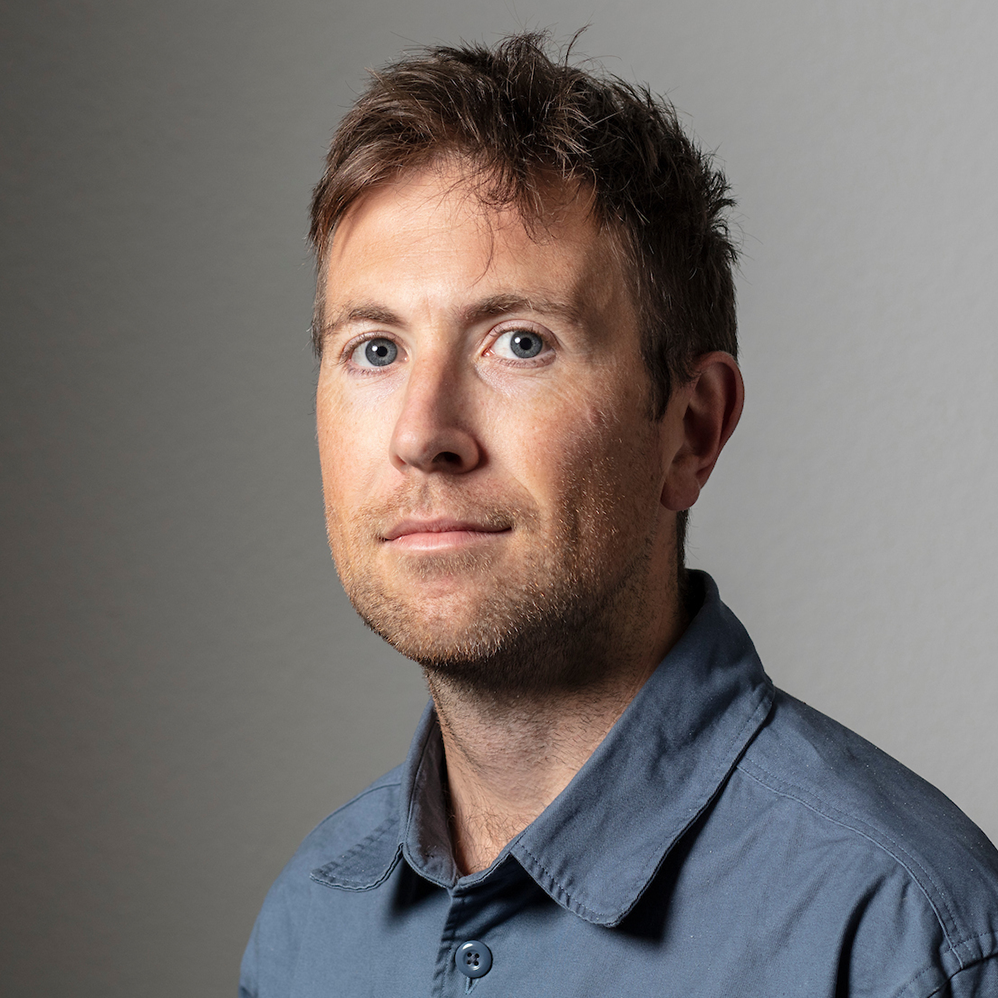Fresh water from the sea

Although naturally rich in oil, the United Arab Emirates has little in the way of fresh water and for the past two decades has been dependent on sea water for its supplies.
The Swiss-Swedish engineering firm, ABB, has been heavily involved in powering the UAE’s water desalination programme.
Seated in his office looking over Abu Dhabi, Christian Schenk, ABB’s head of sales and marketing, has every reason to smile.
The company employs around 100 staff and business is looking healthy; the region’s constant demand for fresh water means more desalination plants.
“We also have a presence in South Korea, headquarters of the Doosan group, the world leader in desalination technology,” explained Schenk. “This certainly helps us to win contracts.”
Water
ABB’s water venture in the Arabian Peninsula began in 1970 in Doha, the capital of Qatar.
The group provided control and automation systems to local stations pumping already-used water, and ABB now controls all the electrical systems.
The multinational is active in about 40 sites throughout the region – including Kuwait, Saudi Arabia, Bahrain and the Emirates.
And the prospects continue to look bright. In the face of ever-increasing demand, the oil kingdoms are still constructing desalination plants and building up their water reserves.
If water treatment facilities are also factored in, a lot remains to be done.
Minimal rainfall
Less than 100mm of rain falls on the UAE each year and there is practically no underground water to be tapped.
Along with Kuwait, Saudi Arabia, Jordan and Israel, the Emirates is classed among the world’s most water-poor nations.
But that does not stop the citizens of the UAE from being the second-biggest consumers of fresh water in the world (behind the Americans); each person uses on average 500 litres per day.
But desalinated water does not go straight into taps, bathrooms or swimming pools. In the UAE, like elsewhere, 70 to 80 per cent of fresh water goes towards irrigation.
Global water consumption is expected to rise by approximately ten per cent each year – an enormous challenge for countries like the Emirates where nearly all of their water comes from the sea.
Heat
Desalinating sea water is a natural process achieved through evaporation. By heating the liquid, the salt is left at the bottom of a tank and only the water escapes in the form of vapour.
By re-cooling this vapour in long coils, fresh water can be gathered.
Heat from the evaporated water is used to turn turbines which in turn produce electricity.
This is the most common desalination technique, which is used in 60 per cent of some 13,000 desalination plants.
As for the remaining 40 per cent – which are generally smaller – they use a process of reverse osmosis.
There is no evaporation in this technique, but high-pressure jets spray water through a membrane which keeps back impurities and salt.
Electricity
Electricity can also be produced as the pressurised water is used to turn turbines.
Advances in the process have seen the amount of energy needed to produce a cubic metre of fresh water decrease by a factor of seven, enabling desalinated seawater to become more affordable.
The global capacity of desalination plants has expanded from 18 million cubic metres in 1993, to more than 25 million in 2004.
However, they still only provide 0.12 per cent of fresh water consumed globally. But ABB’s Schenk is convinced of the almost limitless potential for desalination plants.
“It’s a solution for the future,” he said. “And today it’s no longer restricted to rich countries alone.”
swissinfo, Marc-André Miserez, UAE (translation: Samantha Tonkin)
The UAE has precious little fresh water supplies.
For the past two decades has been dependent on sea water, which it purifies.
The Swiss-Swedish engineering firm, ABB, has been heavily involved in powering the country’s water desalination programme.
Desalinating sea water is a natural process achieved through evaporation.
Electricity can also be produced during the process.
The global capacity of desalination plants has expanded from 18 million cubic metres in 1993, to more than 25 million in 2004.

In compliance with the JTI standards
More: SWI swissinfo.ch certified by the Journalism Trust Initiative












You can find an overview of ongoing debates with our journalists here . Please join us!
If you want to start a conversation about a topic raised in this article or want to report factual errors, email us at english@swissinfo.ch.